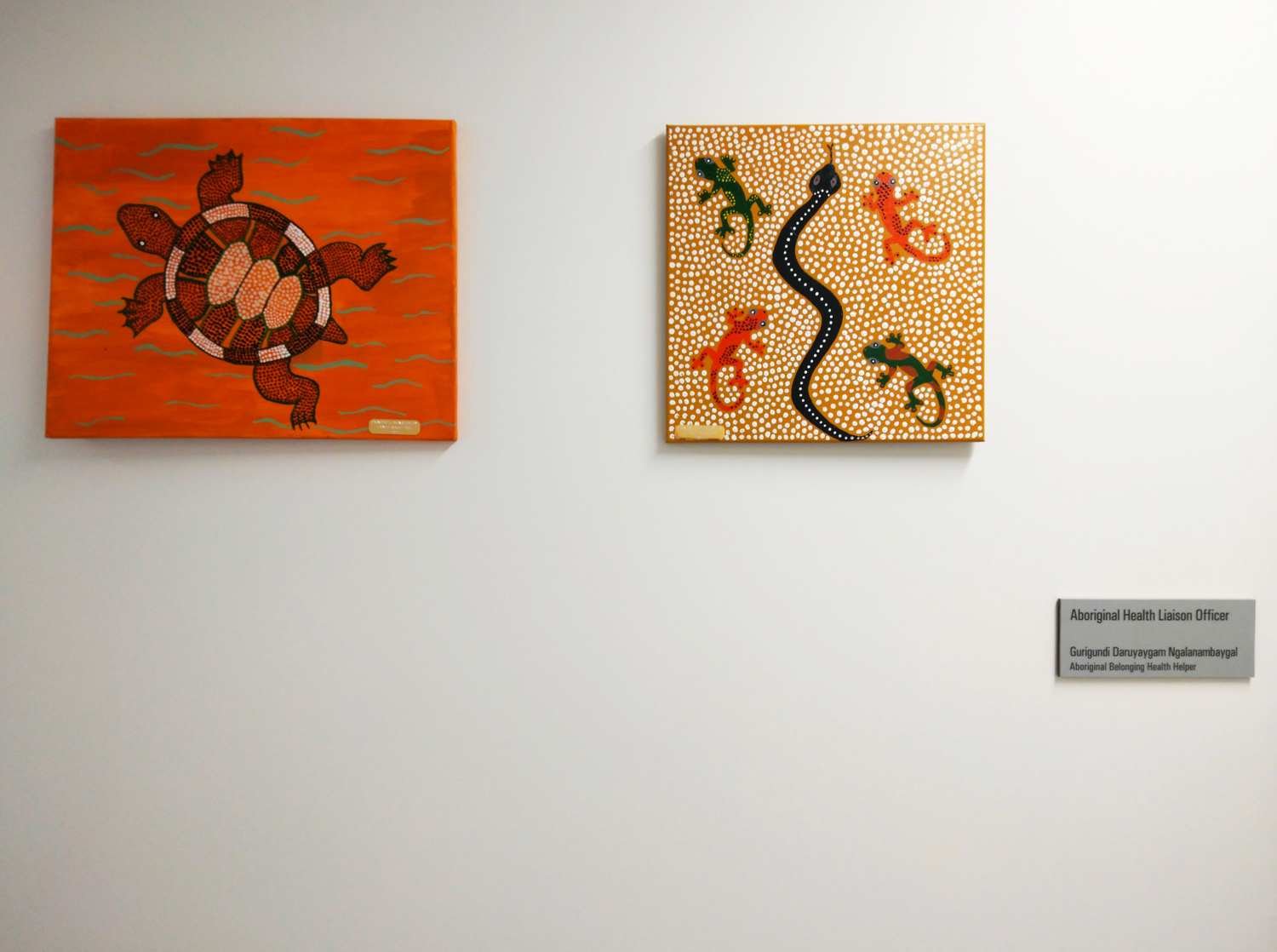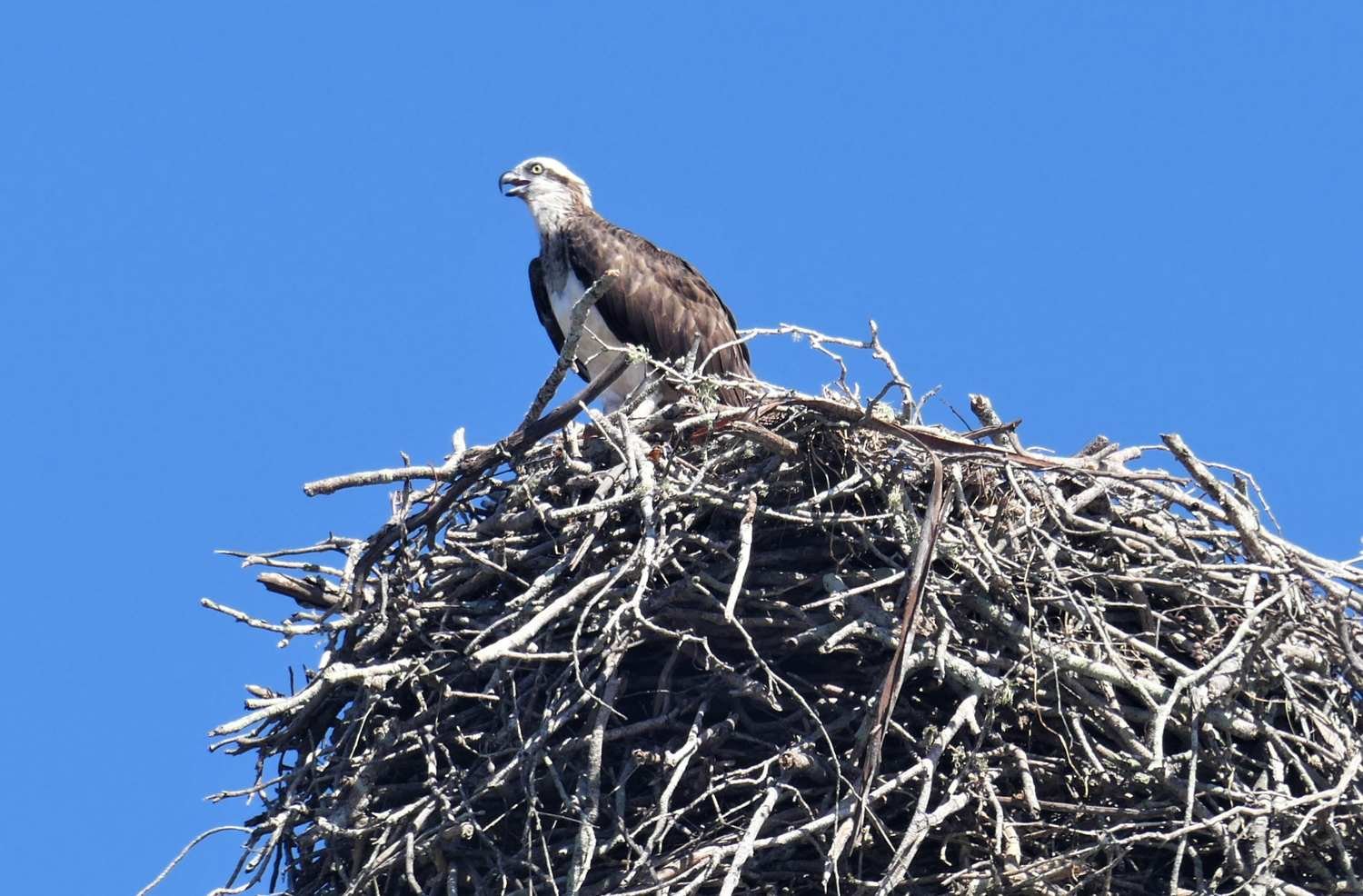30 August, VIRUS 2020
‘Rampant destruction of forests ‘will unleash more pandemics’. The Observer
Beat the Devil review – righteous rage of David Hare’s corona nightmare. In the return of live indoor theatre, Ralph Fiennes delivers the playwright’s fury at the government’s response to the virus – and his despair when he catches it himself. The Observer
Bloody ticks! Woke in pain, Kookas calling. It’s cold outside but I trust in spring. My jaw is swollen, the pain is getting worse, reluctantly I agree to go to hospital A&E, the new build at Macksville, postpone brunch on the farm.

She asks what drugs I am taking. That answer has changed in 50 years. My first time in emergency, I say with pride. Oh you’ve done well, the nurse says. I am 23,960 days old. She examines my inflamed jaw and rash, gives me a histamine to take. I wait in the room for waiting.
I am the last one sitting, but there’s only one doctor in what would have been called a cottage hospital in England. I look around, use my phone (a real rarity) to photograph some Aboriginal works, a vending machine and posters (which reveal much of the social life).
 She is making me get rid of books, I am going through boxes. Am now reading Laurens van der Post’s The Heart of the Hunter in emergency.
She is making me get rid of books, I am going through boxes. Am now reading Laurens van der Post’s The Heart of the Hunter in emergency.
‘When one has lived as close to nature for as long as we had done, one is not tempted to commit the metropolitan error of assuming the sun rises and sets, the day burns out and the night falls, in a world outside oneself. These are great and reciprocal events, which occur also in ourselves.’[1]

The ache I stand pressed against the window ready to wave, send a thought, but my telepathic powers fail. Wyn later tells me of King Quail, Tawny Grass Bird, Royal Spoonbills, Great Egret, Eastern Rosellas and a White-bellied Sea Eagle.eased a little, I thanked the nurse and left before seeing the doctor. Life’s too short, I said. We went along the old road to take in the Osprey nest

The day I was born ‘The Family of Man’, an epic exhibition of over 500 photographs from around the world, opened at New York’s Museum of Modern Art. I have a copy of the first American paperback edition, somewhere with a happy woman (peasant) flying a wooden flute.[2] Edward Steichen the curator invited photographers to submit photographs for consideration, explaining that his aim was to capture ‘the gamut of life from birth to death’—a task for which, he argued, photography was uniquely suited.
Barthes commented: ‘This myth of human ‘condition’ rests on a very old mystification, which always consists in placing Nature at the bottom of History. Any classic humanism postulates that in scratching the history of men a little, the relativity of their institutions or the superficial diversity of their skins (but why not ask the parents of Emmet Till, the young Negro assassinated by the Whites what they think of The Great Family of Man?)’[3]

The images featured in the show were taken mostly from the Life magazine archive, a few also from other leading magazines of the time such as Vogue or Ladies Home Journal. Photography agencies such as Magnum, Black Star, and Rapho Guillumette were also a significant source of images. The exhibition was curated by Edward Steichen, assisted by Wayne Miller, and designed by architect Paul Rudolph.[4]
Photographs should be sent to: THE FAMILY OF MAN Exhibition, Museum of Modern Art, P. 0. Box No.368, Radio City Post Office, New York 19, N.Y., U, S, A.
Mr. Steichen says: “Photographers all over the world have made this exhibition possible. They have photographed the everyday story of man – his aspirations, his hopes, his loves, his foibles, his greatness, his cruelty his compassion, his relations to his fellow man as it is seen in him wherever he happens to live, whatever language he happens to speak, whatever clothes he happens to wear. [5]
The exhibition closes on the theme of the eternal hope that lies again and again in the magic of childhood with a series of gay, lilting, tender photographs – a small Chinese girl discovering the beauty of a soap bubble, a Japanese child holding her head back and waiting open mouthed for the falling snow, children jumping excitedly in the fallen autumn leaves, playing games in the ruins of a Spanish town and climbing in tree tops . . . On a separate panel Carl Sandburg has written in his own hand, his poem: There is only one man in the world and his name is All Men. [6]
The photographs were kept company withquotations from eminent writers `like William Shakespeare, Thomas Paine, Bertrand Russell and James Joyce. The exhibition was shown in 88 venues around the U.S.A. and in 37 other countries before its tour ended in 1961, having been seen by 9 million people, but there were critics. Allan Sekula thought it celebrated ‘American cold war liberalism’ and was in effect a tool of cultural colonialism.[7] Barthes thought I hid differences, glossed over historical. As he put it: ‘So that I rather fear that the final justification of all this Adamism is to give to the immobility of the world the alibi of a ‘wisdom’ and a ‘lyricism’ which only make the gestures of man look eternal the better to defuse them.’ [8]
These photographs don’t explain, don’t reveal the ideologies and hegemony that make some people poor, some rich, why some die much too early, or why scientists and engineers built atomic bombs. ‘Thirteen images depict India. Out of these thirteen, seven images explicitly focus on the suffering, the starving, the insane, the sick, and the dying. These images belong to the sensationalist shock-journalism of the human crisis that the illustrated magazine proliferated’[9] As Susan Sontag wrote in Chapter 2 of On Photography, ‘America, Seen Through Photographs Darkly’, the Family of Man exhibition ‘denies the determining weight of history — of genuine and historically embedded differences, injustices, and conflicts.’[10]
There are of course marvellous photographs (by Dorothea Lange, Elliott Erwitt, Ansel Adams, Diane Arbus, Richard Avedon, Margaret Bourke-White, Bill Brandt, Brassai, Manuel Alvarez Bravo, Lewis Carroll, Robert Capa, Henri Cartier-Bresson, Jack Delano, Elliott Erwitt, Robert Frank, Dorothea Lange, Lee Miller, Carl Mydans, W Eugene Smith, Edward Steichen, Edward Weston, and Gary Winograndfor example) and they were displayed without frames in an original way. ‘As a contemporary viewer, it is hard to appreciate quite what an impact this anthropological photographic survey must have had, nearly 60 years ago, when viewed in places as culturally diverse as Indonesia, Russia, Japan, Italy and Laos. “For many people, it was like seeing the world for the first time,” says Reitz. “A lot of them didn’t have TVs or access to magazines.”[11]
[1] Laurens van der Post, The Heart of the Hunter, (1961), Penguin, 1971, p91.
[2] Eugene Harris, Peruvian Flute Player, Pisac, Peru, 1954. The catalogue was $1 for the paperback edition and $10 for the hardcover. It sold more than a million copies.
[3] Roland Barthes, “The Great Family of Man,” in Mythologies, transl. by Annette Lavers (New York: Farrar, Straus & Giroux, 1972.
[4] ‘Made-to-order enlargements of various sizes were arranged as if on a magazine page, contrasting large images with smaller ones. The spatial arrangement of the exhibition added a distinct architectural aspect.’ See Alise Tifentale, “The Family of Man: The Photography Exhibition that Everybody Loves to Hate,” FK Magazine, July 2, 2018. http://www.alisetifentale.net/article-archive/2018/1/15/the-family-of-man-photography-exhibition-that-everybody-loves-to-hate
[5] MOMA Press release No 4. 26 Jan 1955.
[6] MOMA Press release No 4.
[7] Allan Sekula, “The Traffic in Photographs,” Art Journal 41, no. 1 (1981), 15-25
[8] Roland Barthes, “The Great Family of Man,” in Mythologies, ibid.
[9] Alise Tifentale, The Family of Man, ibid
[10] See https://en.wikipedia.org/wiki/On_Photography>
[11] Anke Reitz, conservator of The Family of Man in Luxembourg, where the collection has been since 1994. Giovanna Dunmall, ‘Double exposure: photography’s biggest ever show comes back to life’, The Guardian, 6 July 2013.



